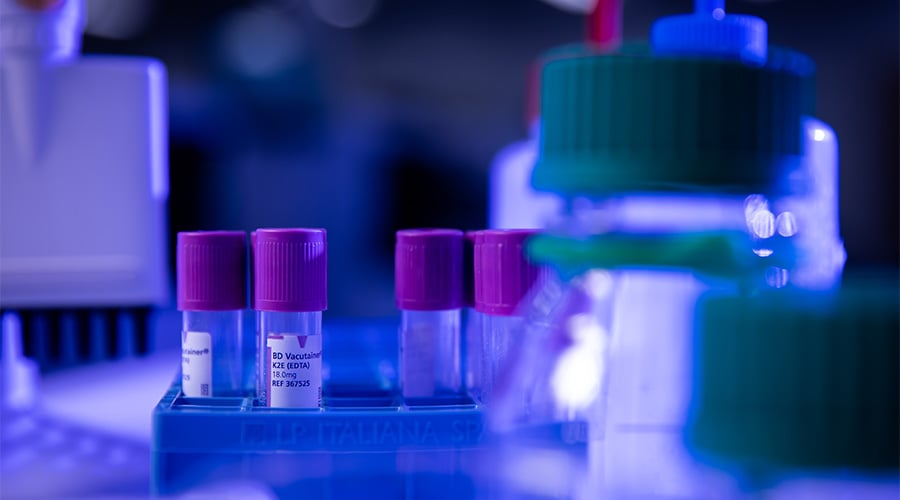These are IVD products
IVD products; working with them is daily business for us. The term is regularly used in meetings, in the corridors of our building and on our website. But people from outside the company sometimes ask us: what exactly do you mean by ‘IVD’? Time for a clarification. In this blog, we will explain what IVD products are, what you can do with them and why their development is so important for global healthcare.

What are IVD products?
Healthcare providers use data to identify conditions and then base their treatment decisions on those data. Only in this way are patients adequately helped in the process towards relief or recovery. Preventing diseases is also an important part of the work of healthcare providers. Think of the timely detection of high cholesterol in the fight against cardiovascular disease. Or the detection of certain DNA sequences that indicate the presence of latent diseases. There is a wide range of tools available for this. But the most commonly used are in vitro diagnostic products, also called IVDs.
IVDs are clinical tests for the analysis of human bodily fluids such as blood, urine or saliva. The aim is to measure the concentration of specific substances such as sodium and cholesterol, to identify certain markers or to determine the presence of antibodies in response to an infection (e.g. COVID). IVDs are produced in different forms: from pregnancy tests to genetic tests for the detection of certain types of cancer. Companion diagnostics – medical devices that predict whether a patient will benefit from personalised medication – also fall under the heading of IVD. As for companion diagnostics, this is a special field of expertise. One that we also practise.
IVD as an umbrella term
IVD is an umbrella term that refers to both the reagents and any measuring instruments (hardware and software). ‘Any’, because not all IVD tests are performed using devices. Although hardware and software systems are often used, for example in hospital laboratories, other IVD tests are only done manually. A pregnancy test, for instance. Self-tests, tests for use by healthcare providers (Point of Care) and laboratory tests all fall under the IVD umbrella.
IVDs can be divided into three different categories. This is based on the risk that inaccurate results pose to patients and public health:
I. Relatively low risk (example: cholesterol test)
II. Moderate risk (example: pregnancy test)
III. Greatest potential risk (example: HIV test)
It will not have escaped your notice: Future Diagnostics is specialised in the development of IVD products. We mainly use our expertise to develop products in the third risk category, because the reliability of category III tests is particularly crucial in the medical world. Our focus on immune analyses has enabled us to excel in this field for years. And it has prepared our team to competently mitigate the very largest risks. In this way, we are optimally developing our mission: creating a world where our clients can help medics around the world every day in their quest for the optimal healthcare for all.
Would you like to learn more about our IVD services?
Are you looking for more information or would you like to discuss specific possibilities? You can find our contact details on our contact page. We will be happy to help you.